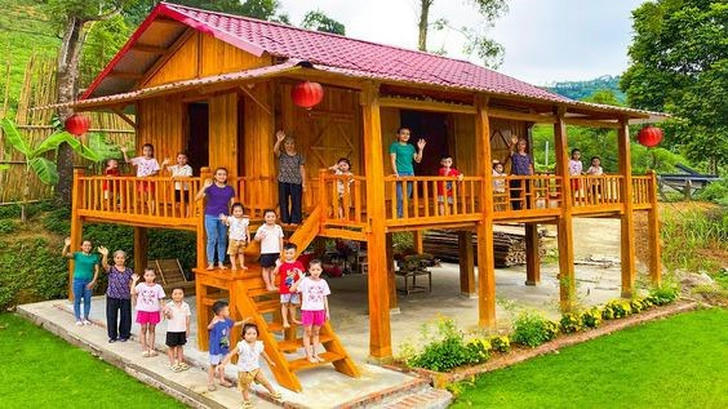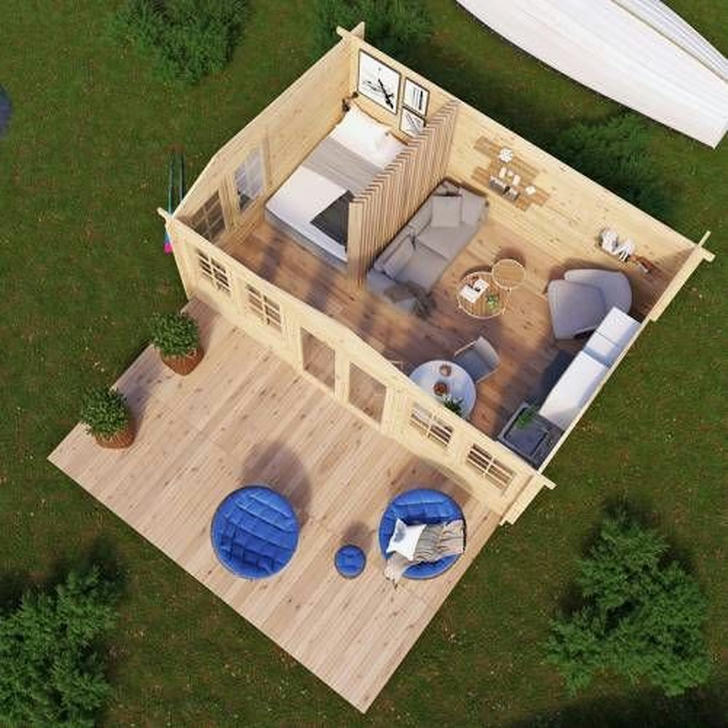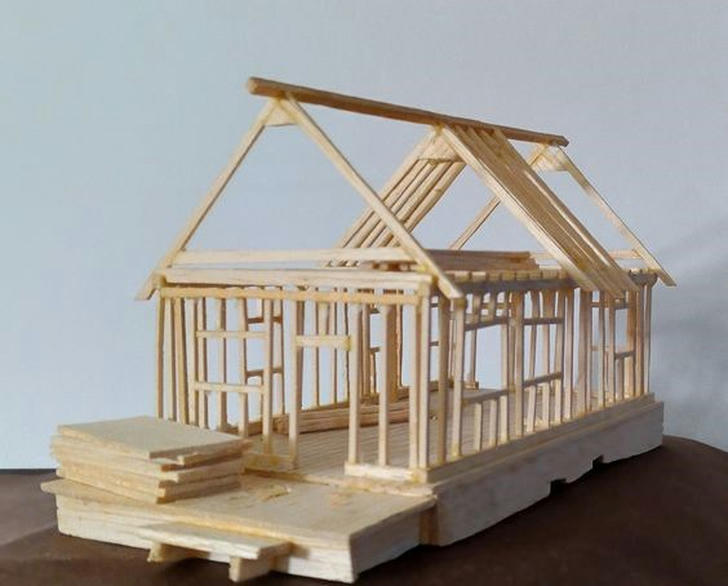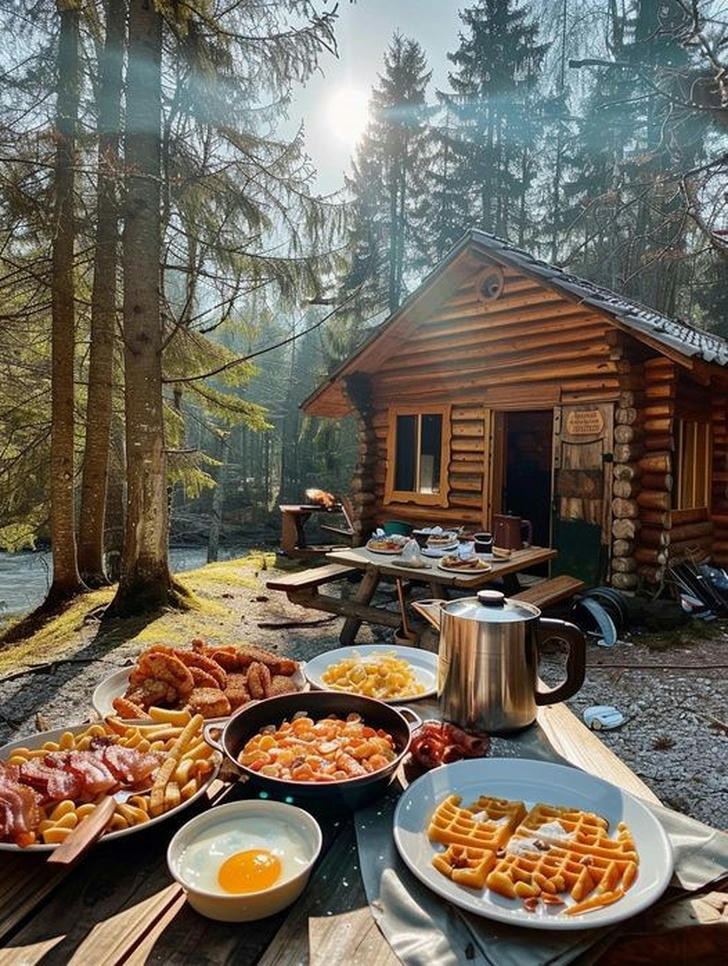Family Cabin Living: Tips for Creating a Fun and Functional Space for All Ages

Cabins are often located in nature, away from the hustle and bustle of the city, providing a tranquil and relaxing environment suitable for families to spend quality time together and strengthen emotional bonds among family members. With an open-concept design, there are more public spaces that are ideal for collective activities such as dining, games, or entertainment. creating more opportunities for interaction and bridging generational relationships. Through multifunctional furniture and flexible space arrangements, the needs of family members of different ages can be met. From children to seniors, everyone can find a suitable space and rhythm of life in the cabin.
Part One: Designing Practical Cabins for All Ages

Flexibility of Open Layout
With fewer walls or partitions, the arrangement of furniture is very flexible. Families can rearrange spaces based on actual needs or seasonal changes, such as setting up more seating near the fireplace in winter and moving it closer to windows or outdoor patios in summer to enjoy the natural scenery.
Multifunctional Spaces
The open layout breaks down the separations typical of traditional homes, integrating living rooms, dining areas, and kitchens. This design allows for a more diverse use of space, utilizing foldable tables, sofa beds, and other multifunctional furniture to meet different needs and adapt to flexible spaces, such as play areas, dining areas, and relaxation zones.
Adaptability to Different Lifestyles
Whether it's a large family that loves gatherings or a small family that enjoys quiet time, the open layout can flexibly adjust to accommodate different lifestyles. Family members can engage in their activities within the same space while still maintaining visual and communicative connections, increasing opportunities for interaction.
Children's Activities and Safety Monitoring
For families with young children, the open layout provides a larger play area, allowing kids to play freely while parents can easily supervise them while doing housework or resting, ensuring their safety.
Maximizing Natural Light
The open design allows natural light to flow freely throughout the space, reducing the need for artificial lighting and creating a bright, airy living environment. This not only enhances the quality of life but also makes the cabin feel more spacious.
Preparing for Future Adjustments
Open layouts are easy to modify. When the size of the family changes, the space can quickly adapt by adding or removing partitions and changing furniture arrangements. For instance, as children grow, some public areas can be converted into private rooms to flexibly respond to changing family needs.
Part Two: Safety Measures for Children and Seniors

Slip-Resistant Flooring and Walkable Paths
Ensure that flooring is made of slip-resistant materials, especially in potentially wet areas like kitchens, bathrooms, and entryways, to prevent slips and falls for seniors and children.
Avoid using stairs or raised surfaces whenever possible to reduce tripping hazards, particularly in areas frequented by children and seniors.
Protective Railings and Corner Guards
If the cabin has stairs or a balcony, safety railings must be installed. The height of the railings should be sufficient, and the gaps should be small to prevent children from slipping through or getting stuck.
Add soft padding or bumpers to the edges of furniture, walls, and windowsills to reduce the risk of bumps for children.
Power and Appliance Safety
Install safety covers on low outlets to prevent children from accessing electrical sockets.
Place hot appliances like kettles, microwaves, and ovens out of reach of children to avoid burns or electric shocks.
Child- and Senior-Friendly Furniture Choices
Select furniture with rounded corners to avoid sharp edges that could cause injuries. Prepare low and stable tables and chairs for children to prevent falls; seniors should use appropriately sized chairs with armrests to assist them in sitting and standing.
Child- and Senior-Friendly Lock Designs
Design door locks that are easy for seniors to use to avoid complicated operations while ensuring that children cannot easily open the main door and go outside.
Part Three: Creating Fun Spaces for Children and Teenagers
Creating Play and Learning Areas
Set up dedicated zones for creative development, play, and learning activities.
Combine indoor and outdoor activity areas to ensure children's entertainment and safety.
Non-Tech Entertainment Options
Encourage family members to engage in board games, nature exploration, and family-friendly activities.
Teen-Specific Comfortable Spaces
Provide private spaces suitable for reading, relaxing, or listening to music, allowing teenagers to have a unique area where they can enjoy solitude or socialize.
Part Four: Cabin Designs That Ensure Adult Comfort

Creating Relaxation Areas
Design an outdoor patio or balcony where adults can enjoy the sun and fresh air, partake in outdoor activities, or engage in simple gardening. Set up comfortable outdoor seating and umbrellas so adults can relax outdoors, sipping tea, reading, or spending leisure time with family and friends.
Practical Kitchens for Family Cooking
Design a fully functional kitchenette for the cabin equipped with modern appliances and ample storage space, ensuring adults can conveniently cook and store food.
Choose a collapsible dining table that can be expanded for meals and retracted when not in use, saving space while maintaining the cabin's flexibility.
Outdoor Gathering Spaces
Set up fire pits, BBQ areas, or outdoor dining spaces with cushions and outdoor furniture so the whole family can share time in nature.
Add warm lighting, such as string lights or ground lamps, to create a cozy atmosphere in outdoor spaces at night.
Part Five: Creating a Warm and Inviting Atmosphere in the Cabin
Choosing Warm Color Tones
Use warm natural tones like beige, light brown, and light gray to create a soft, tranquil spatial feel.
Decorate walls with wood or stone to enhance the natural ambiance while increasing warmth in the space.
Natural Elements and Rustic Decor
Incorporate natural materials like wood and stone to enhance the rustic atmosphere of the cabin.
Place indoor plants, such as potted plants, fresh flowers, or herbs, to beautify the space and improve air quality, bringing vitality.
Using Family Photos and Travel Souvenirs
Decorate with items like family photos, travel memorabilia, or artwork to give the space more personality and emotional depth.
Creating Inviting Aromas
Choose warm, soothing scents like vanilla, cinnamon, or pine to create a relaxing atmosphere in the space.
Open windows regularly to keep the air fresh and combine it with the natural aromas of plants to make the cabin more vibrant.
Appropriate Use of Technology
Consider using smart lighting and temperature control systems to adjust lighting and temperature according to needs, making the living environment more comfortable.
Set up a simple sound system to play relaxing background music, enhancing the atmosphere for family gatherings.
Part Six: Outdoor Activities and Fun for the Whole Family
Hiking
Choose family-friendly hiking trails and take the kids to explore forests, mountains, or lakes. Encourage children to observe plants and animals, fostering their interest in nature.
During the hike, stop at a scenic spot to enjoy a delicious picnic, sharing food as a family and strengthening bonds.
Outdoor Games
Play hide-and-seek around the cabin or in the woods, allowing children to run freely and enjoy outdoor activities. Organize family soccer, basketball, or volleyball games to promote physical exercise and teamwork.
Together, plant flowers or vegetables to teach children about the growth process of plants, cultivating their sense of responsibility and hands-on skills.
Environmental Activities
Organize family members to clean up trash around the cabin, fostering children's environmental awareness and sense of responsibility. During nature hikes, document and identify surrounding plants and animals to understand the importance of ecological balance.
In summary, designing family cabins that balance functionality and fun not only enhances the living experience but also promotes interaction and joy among family members, creating a safe, comfortable, and sustainable living environment. This space design considers current needs while providing infinite possibilities for future living.
